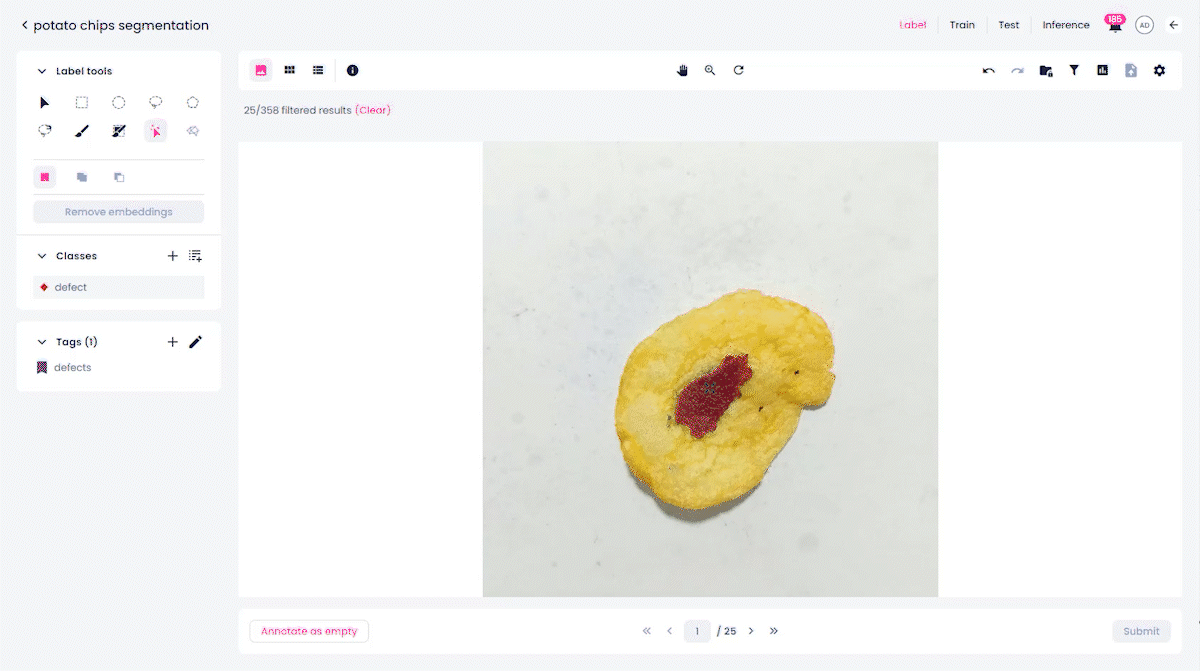Why OEMs in Industry Are Struggling to Scale AI—and How a Centralized Platform Can Turn the Tide
Date Section Blog

A Changing AI Landscape: From Proof of Concepts to Enterprise-Wide Scale
AI initiatives have proliferated across manufacturing sectors in recent years, particularly among OEMs in the food industry. Early adopters embarked on their AI journey around 4–5 years ago, eager to leverage the promise of automation, predictive analytics, and intelligent insights. But as the novelty faded, a fragmented landscape emerged—an ecosystem characterized by disconnected projects, siloed teams, and inconsistent results.
The Challenges of Disjointed AI Initiatives
The specific hurdles OEM manufacturers face in deploying AI at scale include:
- Fragmented Teams and Capabilities: Multiple siloed AI teams develop solutions independently, leading to duplicated efforts and inconsistent standards.
- Disparate Tool Chains: Different projects often rely on varied platforms, frameworks, and processes, hindering integration and knowledge sharing.
- High Turnover and Knowledge Loss: As key personnel responsible for AI projects leave, valuable insights and models are lost, further fragmenting the AI ecosystem.
- Lack of Unified Oversight: Without a centralized strategy or infrastructure, managing, monitoring, and maintaining AI solutions becomes increasingly complex and resource-intensive.
Even leading industry experts grapple with fragmented AI initiatives and struggle with realizing the full potential of their AI investments. An AI Team Lead at one of Robovision's OEM customers stated:
“At first, everyone was doing their own thing with AI. Different groups were building different solutions. But now, we're pulling all that together. We need to make sure everything works consistently, without disruption. That way, we can give our customers products they can really depend on, and that are made just for them.”
The Advantage of a Centralized, Enterprise-Wide AI Infrastructure
To move beyond fragmented AI efforts, companies need fewer isolated tools—they need a unified foundation. That’s why Robovision is not viewed as just another point solution. It’s increasingly recognized as strategic Enterprise AI Infrastructure, built to support long-term AI initiatives across the organization..
The Robovision Vision AI platform facilitates multiple AI applications–object detection, segmentation, among others–but can also handle 2D, 3D, NIR, X-ray, and beyond. All within a unified ecosystem.

The Robovision AI Platform allows organizations to:
Standardize AI Development and Deployment
Establish shared toolchains, protocols, and quality benchmarks.
Enable Scalability and Reusability
Reuse models across various product lines and geographies to reduce time-to-market and costs.
Monitor and Maintain in Production
Implement robust monitoring, lifecycle management, and continuous improvement processes.
Create cross-project value
Foster collaboration and knowledge sharing among different teams and subsidiaries.
Support internal innovation
Offers an SDK that empowers internal AI teams to embed custom algorithms, IP, or proprietary solutions without being locked into predefined workflows
Ensure quality, compliance and continuous improvement
Safeguard enterprise standards in all deployments with ongoing updates, new algorithms, and UX enhancements, keeping pace with AI advances.

Own the IP. Keep the Edge. Scale What Works.
OEMs increasingly want to chart their own course when it comes to AI. That means staying independent from vendors, retaining control over high-value IP, and avoiding the risks of starting over with each new use case.
Robovision’s SDK supports that autonomy. It gives internal teams a production-ready toolchain where proprietary algorithms can run alongside standard ones—without compromising on performance or scalability. Existing assets don’t get discarded; they get put to work, at scale.
The dual capability produces a robust foundation—offering immediate value through standard algorithms—and future-ready flexibility for tailored innovation.
Robovision: The Foundation for Scalable, Sustainable AI
The Robovision AI Platform is designed to make AI a long-term operational asset, not a short-lived experiment. By acting as an infrastructure layer, it allows OEMs to move beyond proof-of-concepts and embed vision AI across production environments.
This model reflects a growing consensus: AI in manufacturing will not be defined by one-off PoCs, but by resilient systems built for scale, integration, and sustained impact. Vendors that function as infrastructure partners—not point solutions—will shape that future.
Meet the Market Director

"Five years ago, when I started at Robovision, it was about explaining AI and proving its value. Two to three years ago, it was about getting a case or two into production with all the struggles to create the toolchain to do it. Today, it is about managing a long-term AI roadmap over multiple projects, product lines, AI teams, and scaling in the market. And creating a core AI infrastructure to manage AI at scale.” The evolution highlights a fundamental shift: what once was experimental is now an integral part of strategic growth, yet many organizations struggle with this phase or find themselves unprepared for this scale."